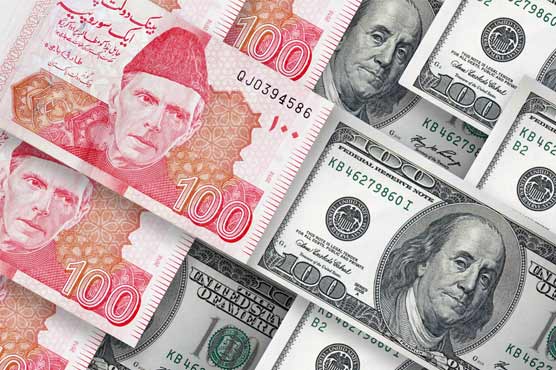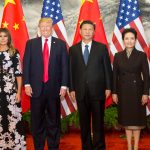Introduction
The USD to PKR (US Dollar to Pakistani Rupee) exchange rate plays a crucial role in Pakistan’s economy, affecting everything from import costs to inflation rates. This rate is influenced by a range of global and local factors that fluctuate constantly, reflecting the complex dynamics of international trade, political stability, and economic policy. In this article, we’ll explore how the USD to PKR exchange rate is determined, factors that affect its stability, and the impacts on Pakistan’s economy.
Understanding Exchange Rates
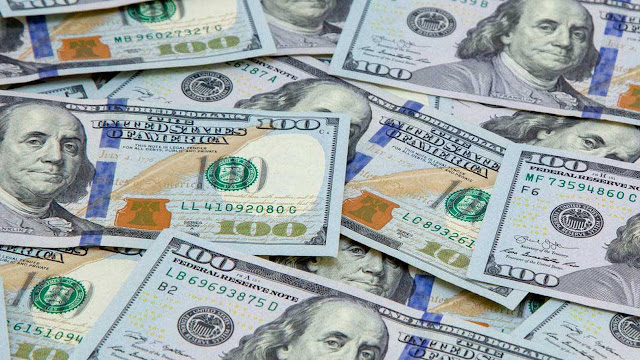
Exchange rates represent the value of one currency in terms of another. For the USD to PKR exchange rate, it signifies how many Pakistani Rupees (PKR) are required to buy one US Dollar (USD). This rate is determined through the demand and supply dynamics in currency markets, where governments, financial institutions, corporations, and investors interact based on trade and investment needs.
1. Role of Exchange Rate Policies
Pakistan has transitioned through different exchange rate policies. In the past, the exchange rate was often pegged or fixed, meaning that the government set the USD to PKR rate artificially. Today, Pakistan follows a more flexible approach, allowing the market to influence the exchange rate to an extent, although the central bank intervenes to prevent extreme fluctuations.
Factors Influencing the USD to PKR Exchange Rate
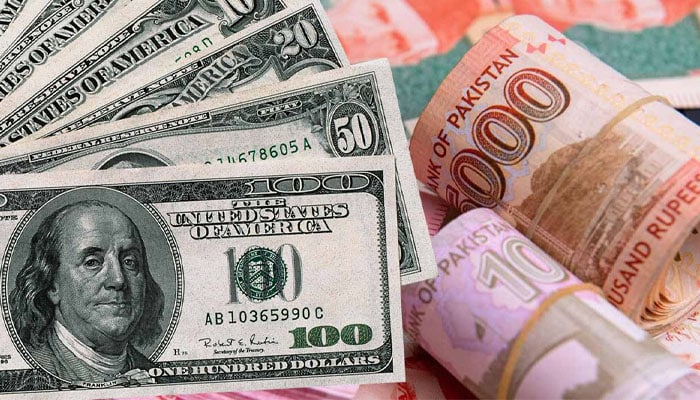
Several factors impact the USD to PKR rate, both domestically and internationally:
1. Inflation Rates
Higher inflation within Pakistan can lead to a weaker PKR relative to the USD. When inflation rates in Pakistan exceed those in the United States, the PKR loses value as the purchasing power of the currency declines, leading to a higher USD to PKR exchange rate.
2. Interest Rates
Interest rates set by Pakistan’s central bank are a powerful tool in managing the exchange rate. When Pakistan raises interest rates, it can attract foreign investments, increasing demand for PKR and thus lowering the USD to PKR rate. Conversely, lower interest rates can result in a depreciation of PKR.
3. Foreign Exchange Reserves
The State Bank of Pakistan holds foreign exchange reserves, primarily in USD, to stabilize the PKR. When reserves are high, the central bank has more ability to support PKR during times of depreciation, keeping the USD to PKR exchange rate relatively stable. Declining reserves, however, reduce this capacity.
4. Political Stability and Global Events
Political instability in Pakistan or geopolitical tensions can cause capital outflows, weakening the PKR. Additionally, global events like economic downturns, oil price shocks, and regional conflicts impact the USD to PKR rate, as they affect investor sentiment and the trade balance.
Impacts of the USD to PKR Rate on Pakistan’s Economy
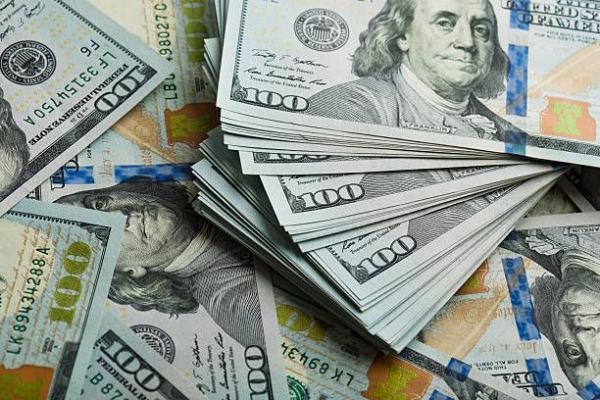
The USD to PKR exchange rate has a profound impact on various aspects of Pakistan’s economy. Here are some of the critical areas affected:
1. Import Costs
A higher USD to PKR rate means that importing goods and services from the US or other countries becomes more expensive, as more PKR is required for each USD. This increase in import costs affects essential commodities like oil, machinery, and raw materials, leading to higher production costs and ultimately causing inflation.
2. Export Competitiveness
On the flip side, a weaker PKR can boost Pakistan’s exports by making them more affordable for foreign buyers. For instance, Pakistan’s textile and agricultural sectors benefit from a favorable USD to PKR rate, as their products become more competitive in international markets, potentially boosting export revenues.
3. Foreign Debt Repayment
Pakistan holds significant foreign debt, often denominated in USD. A high USD to PKR exchange rate makes debt repayments more challenging, as the country needs to use more PKR to meet its obligations. This can put pressure on foreign exchange reserves and worsen the fiscal deficit.
4. Remittances from Overseas Pakistanis
Remittances from Pakistanis living abroad contribute significantly to the economy. When the PKR depreciates against the USD, the value of these remittances in PKR increases, providing a cushion for households and the economy. This boost is particularly beneficial during times of economic difficulty.
Recent Trends in the USD to PKR Exchange Rate
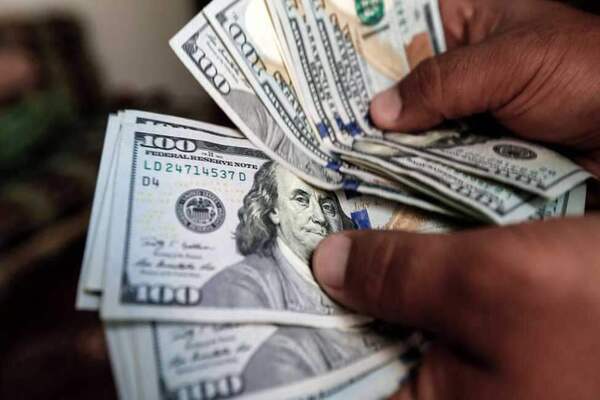
The USD to PKR rate has witnessed significant fluctuations in recent years, with periods of steep depreciation. Some of the recent trends can be attributed to:
1. Global Economic Uncertainty
The COVID-19 pandemic and subsequent disruptions to global trade and investment impacted Pakistan’s economy, increasing pressure on the PKR. Lockdowns, supply chain disruptions, and lower demand for exports contributed to a weaker PKR against the USD.
2. Economic Policies
The IMF (International Monetary Fund) program with Pakistan also influenced the USD to PKR rate. Structural reforms and conditions set by the IMF often lead to adjustments in fiscal policies, which impact the exchange rate.
How the Central Bank Intervenes in the Currency Market
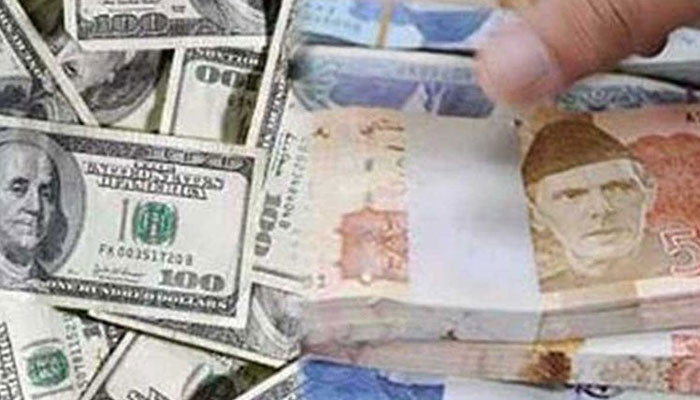
The State Bank of Pakistan (SBP) intervenes in currency markets to maintain stability. It achieves this by adjusting interest rates, managing foreign exchange reserves, and occasionally directly buying or selling USD to stabilize the USD to PKR rate.
1. Interest Rate Adjustments
By raising interest rates, the SBP can attract foreign investments, strengthening the PKR. Conversely, lowering interest rates can encourage borrowing and spending, impacting the exchange rate.
2. Foreign Exchange Reserves Management
The SBP utilizes foreign exchange reserves as a buffer, releasing USD into the market to meet high demand and stabilize the PKR. This is especially important during times of significant PKR depreciation.
Future Outlook for the USD to PKR Exchange Rate
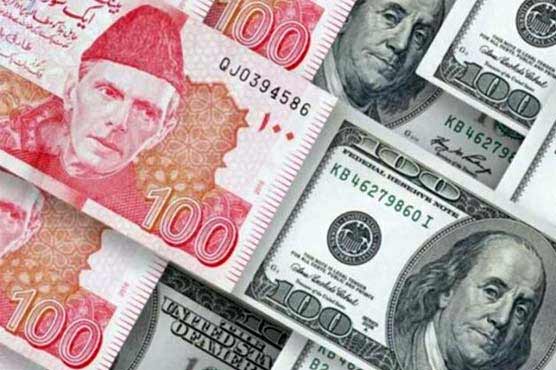
Predicting the USD to PKR rate is challenging due to the interplay of various factors. However, several trends may shape the future of this exchange rate:
1. Economic Reforms
If Pakistan successfully implements structural reforms, enhances exports, and diversifies its economy, the PKR may stabilize against the USD. Increased exports and remittances can strengthen Pakistan’s current account balance and reduce dependence on foreign borrowing.
2. Foreign Direct Investment
Encouraging foreign direct investment (FDI) in Pakistan’s key sectors could provide additional foreign exchange, supporting a more stable USD to PKR rate. This would require improving the business environment and maintaining political stability.
3. Regional Economic Cooperation
Regional trade agreements and economic cooperation can improve trade balances and support the PKR. Pakistan’s involvement in projects like the China-Pakistan Economic Corridor (CPEC) offers potential for economic growth and currency stability.
Conclusion
The USD to PKR exchange rate is more than just a figure for currency conversion; it reflects the state of Pakistan’s economy, international trade relationships, and policy effectiveness. Understanding the dynamics behind this rate helps businesses, investors, and individuals make informed financial decisions. While challenges remain, there are opportunities for Pakistan to stabilize its currency and strengthen its economic position globally.
